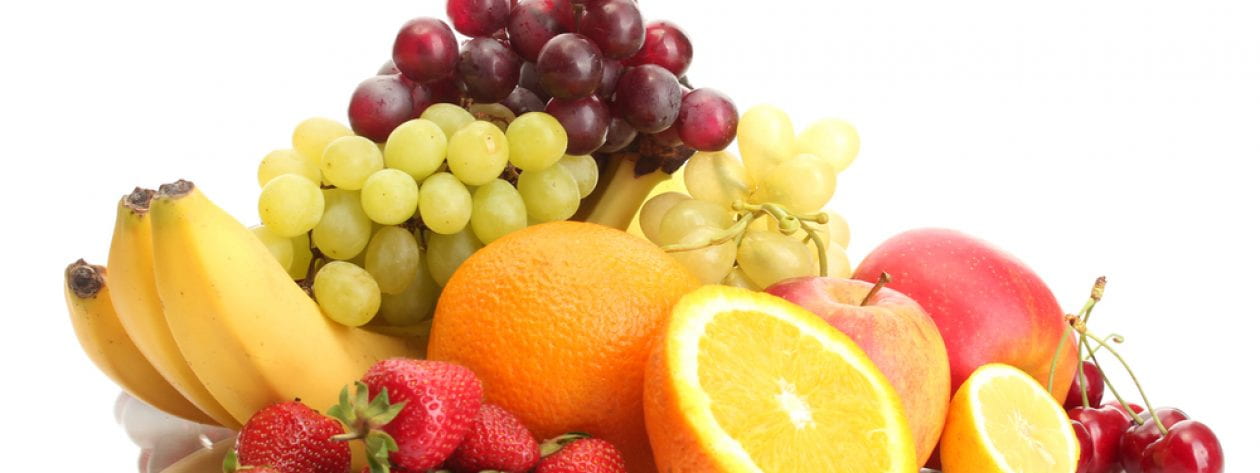What do Indian, Mexican, and Middle Eastern cuisine all have in common? If you have tasted any of these types of foods, you may remember a strong, nutty, peppery flavor in many of their curry dishes. This comes from a tiny seed called cumin. You can find cumin as a whole seed or ground powder, though it is very easy to grind on your own.
What’s inside a cumin seed? A whole lot of iron! Cumin happens to be a good source of iron, with 2 teaspoons providing about 35% of the Recommended Dietary Allowance (RDA) for college-aged men, and about 16% for women. Iron deficiencies are one of the most common nutritional deficiencies in the US. Iron makes sure oxygen finds its way to all of the cells throughout your body, including your muscles cells. Without enough iron, you can feel weak, irritable, tired, have difficulty processing thoughts and are more prone to illnesses. It is especially important for athletes (particularly female athletes) and active adults to eat plenty of iron. Iron is key for producing energy in your body and maintaining your metabolism.
Medicinal Qualities of Cumin. In ancient remedies, cumin has also been thought to play a role in treating many ailments, from easing digestion and to preventing the common cold. If you find yourself battling the urge to sneeze and cough this winter, before you reach for the cold medicine, consider trying a natural remedy using cumin! Boil water and add a teaspoon of freshly ground cumin and dry ginger. This combination can help soothe your sore throat.
Cumin in Cooking. Cumin is a very versatile spice that can be used within a variety of different dishes. Spices are an excellent way to add delicious flavor without adding sugar, fat or salt. A little bit will go a long way, though, so always start out with a small amount (~1/2 teaspoon or so) of spice and continue to increase in tiny increments as you taste your dish. Check out some of these delicious ways to use cumin in cooking:
- Stir powdered cumin in hummus
- Mix with chili powder and salt to sprinkle on popcorn
- Use to flavor ground beef or chicken
- Mix in to plain rice or bean side dishes for an extra kick
Cumin is also widely used in many Penn State recipes, including:
- Black Bean Chili
- Moroccan Shrimp
- Peruvian Beef Stir-Fry
- Quinoa Enchilada
- And Many More!
Resources:
“Cumin Seeds.” The World’s Healthiest Foods. The George Mateljan Foundation, n.d. Web. 02 July 2015. <http://www.whfoods.com/genpage.php?tname=foodspice&dbid=91>.
Curry, DR. “Common Cumin Cures.” Passion for Healing Naturopathic. N.p., 10 Jan. 2010. Web. 02 July 2015. <http://www.passionforhealingnaturopathic.com/blog/2012/01/common-cumin-cures/>.
Photo adapted by: Rebecca Siegel











